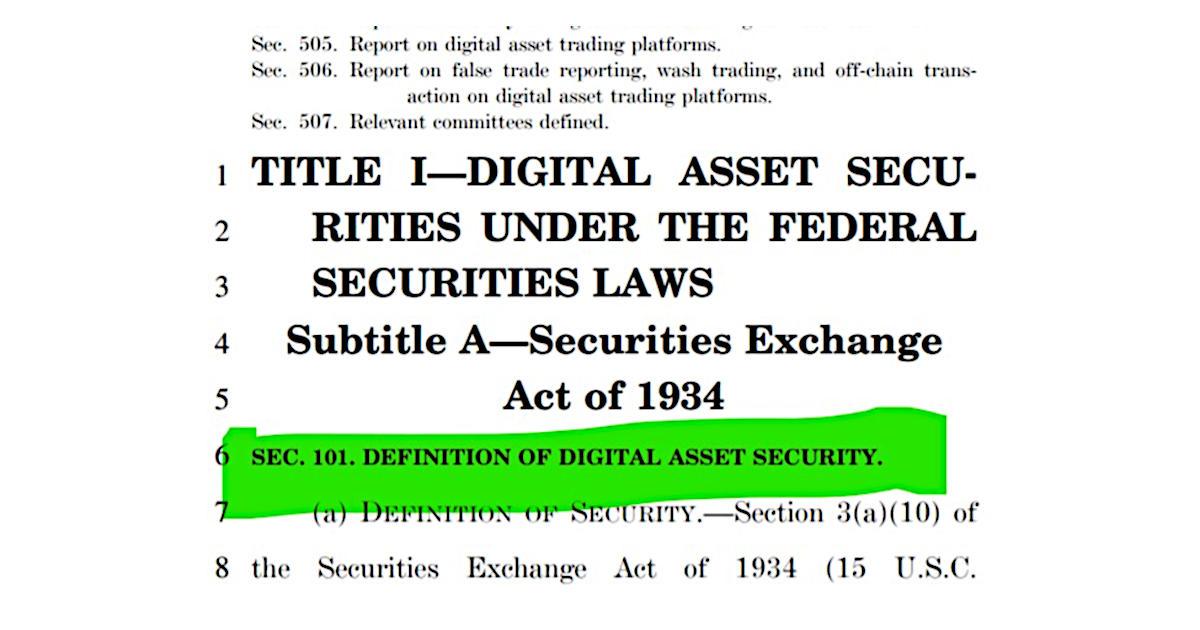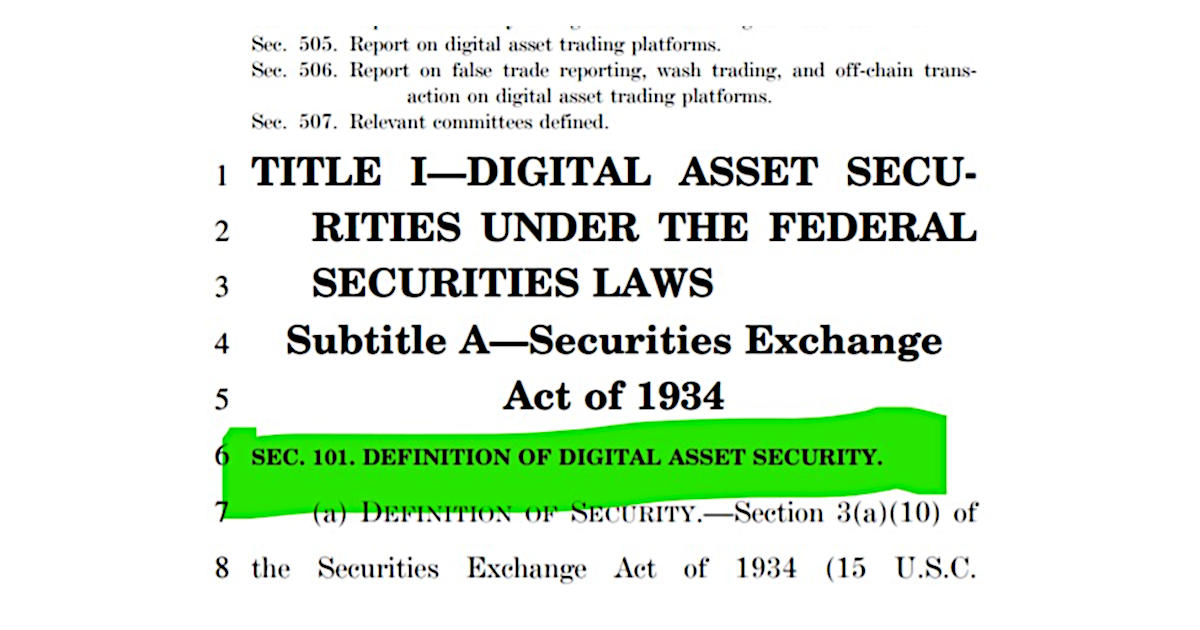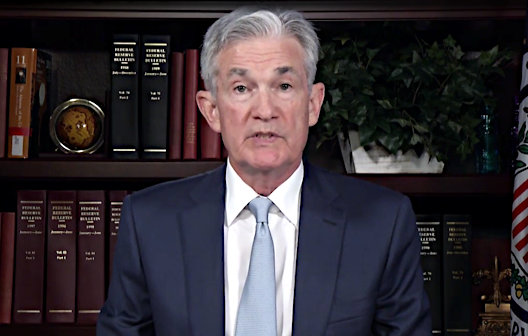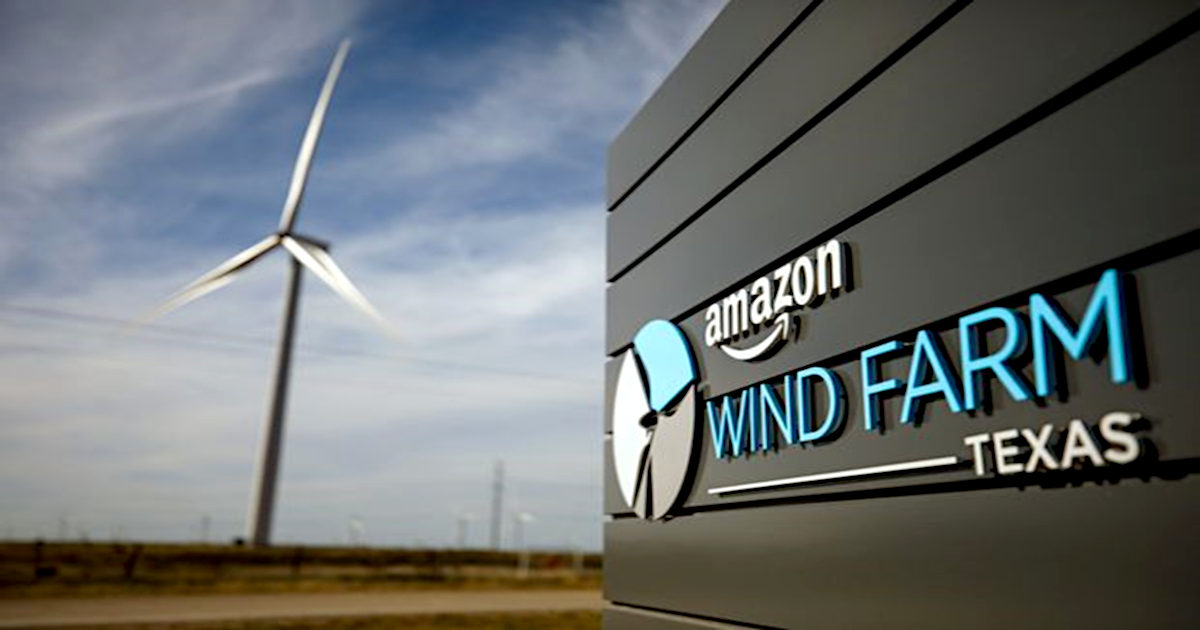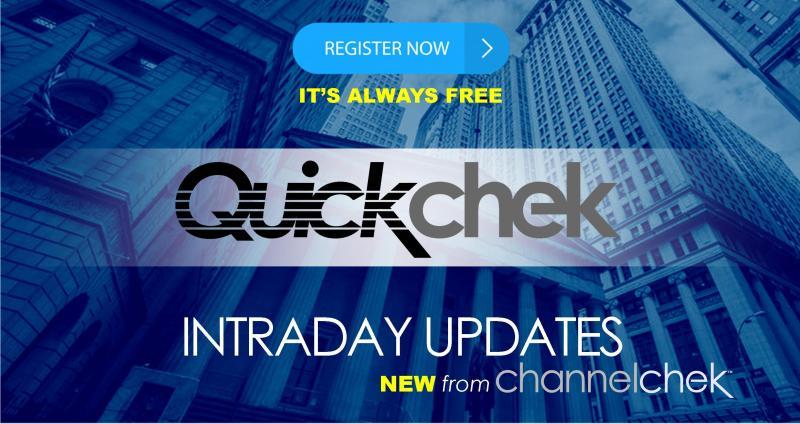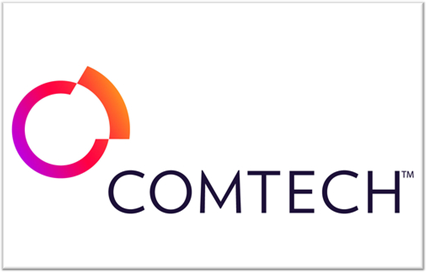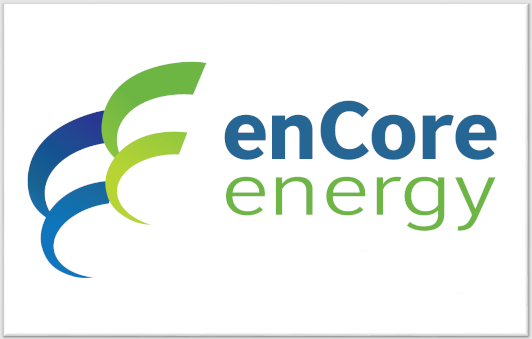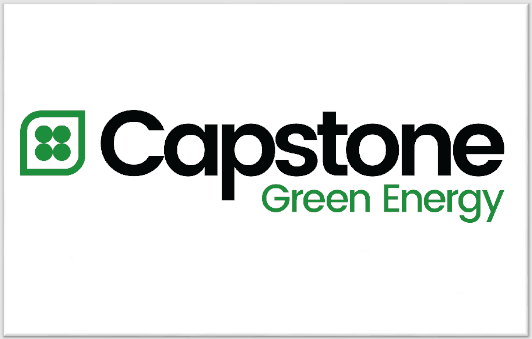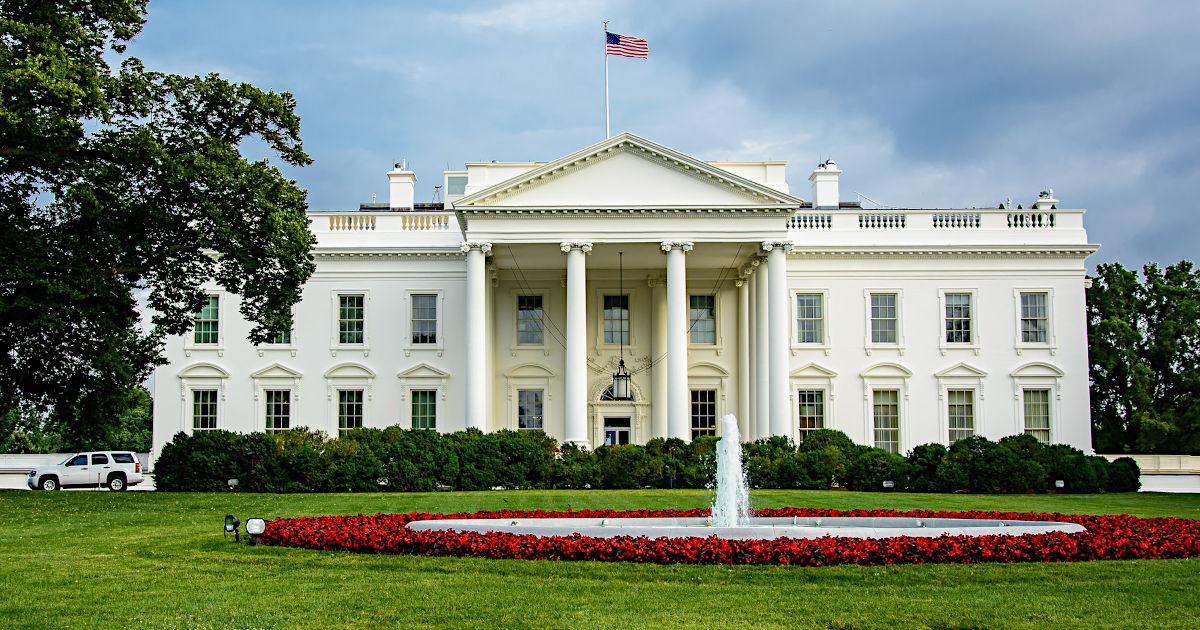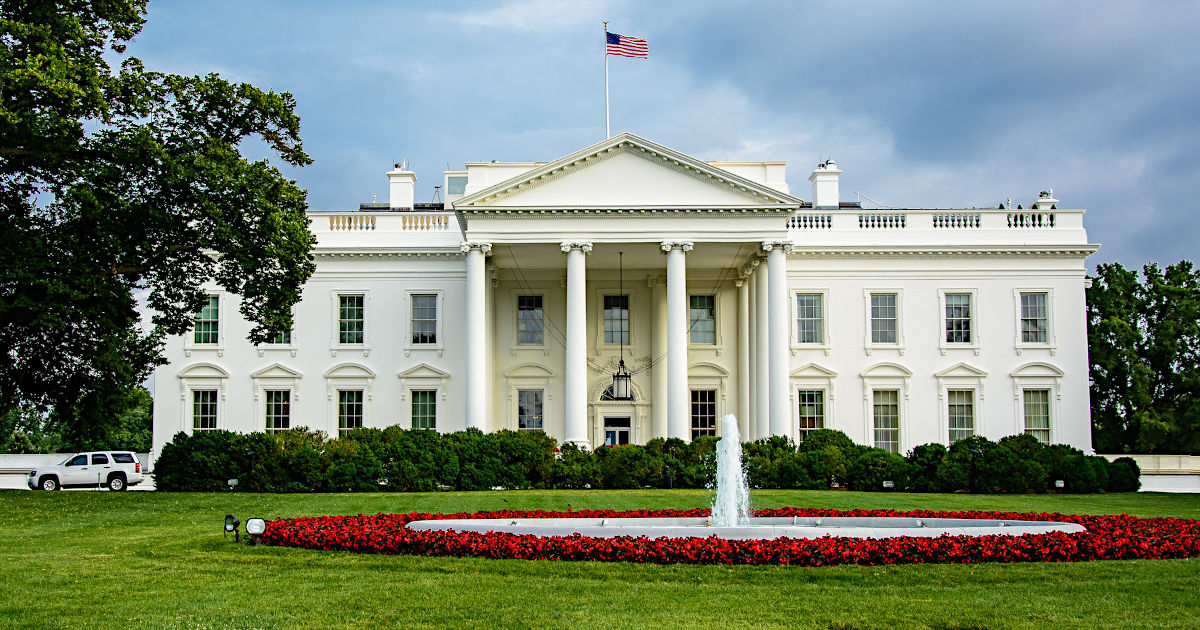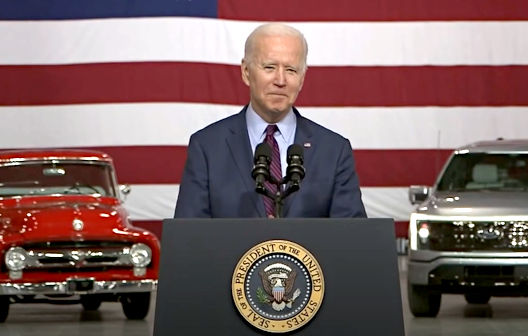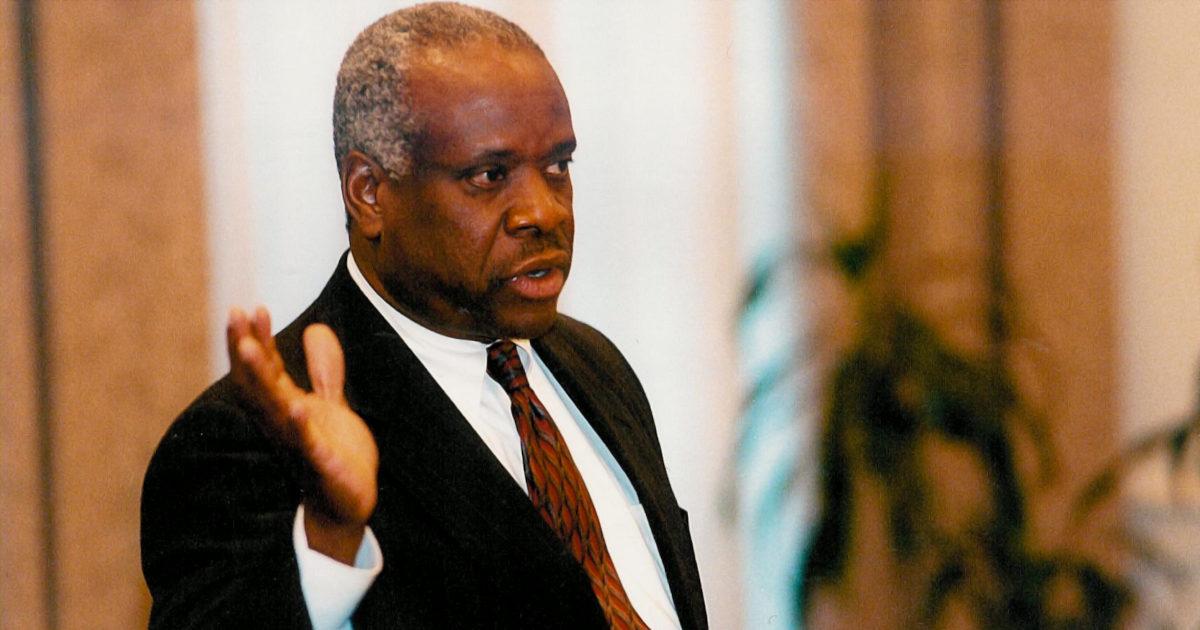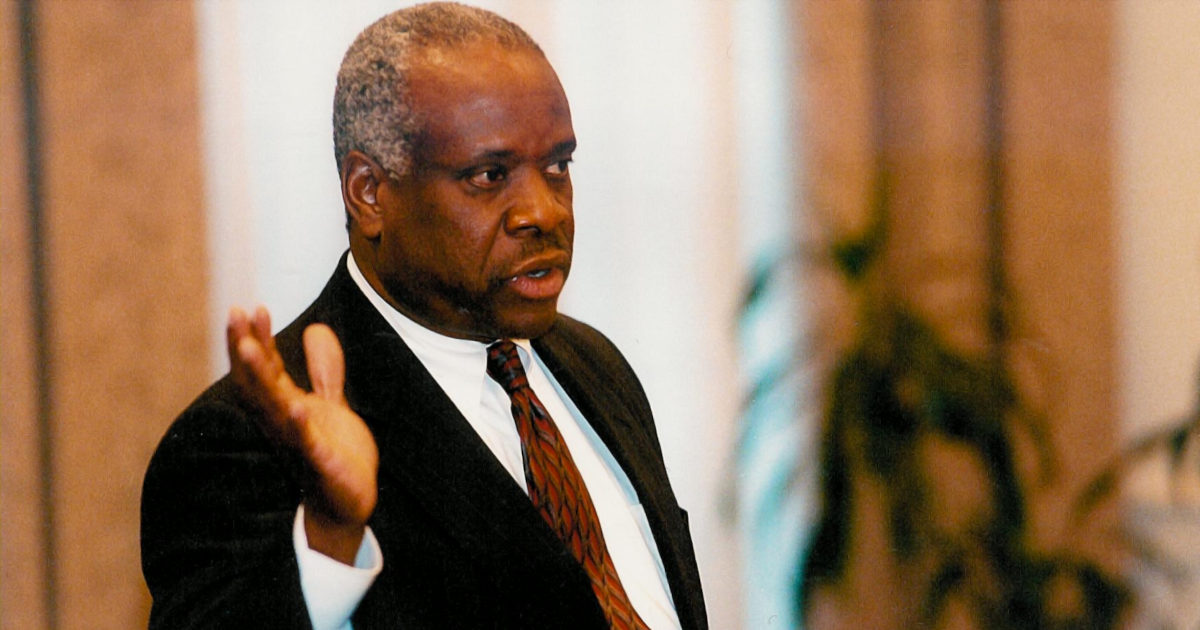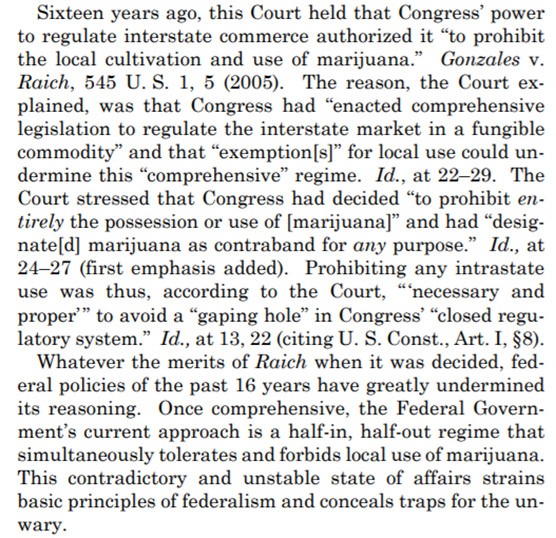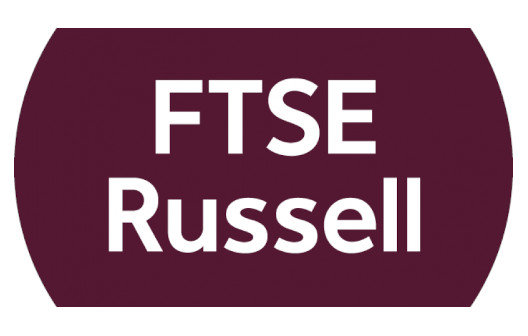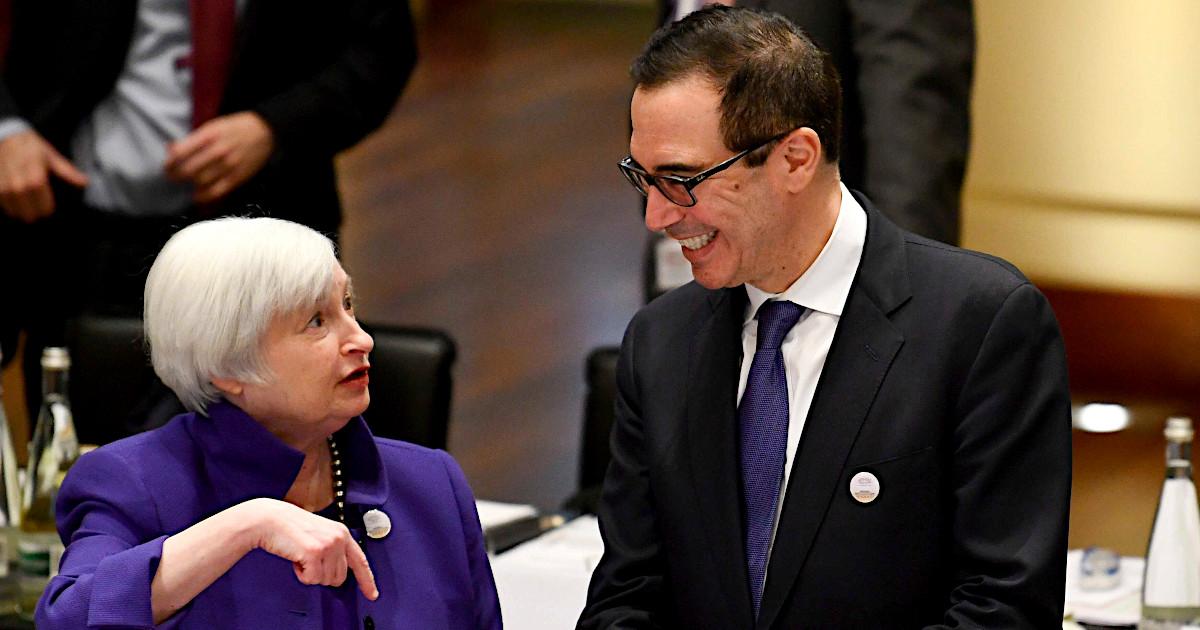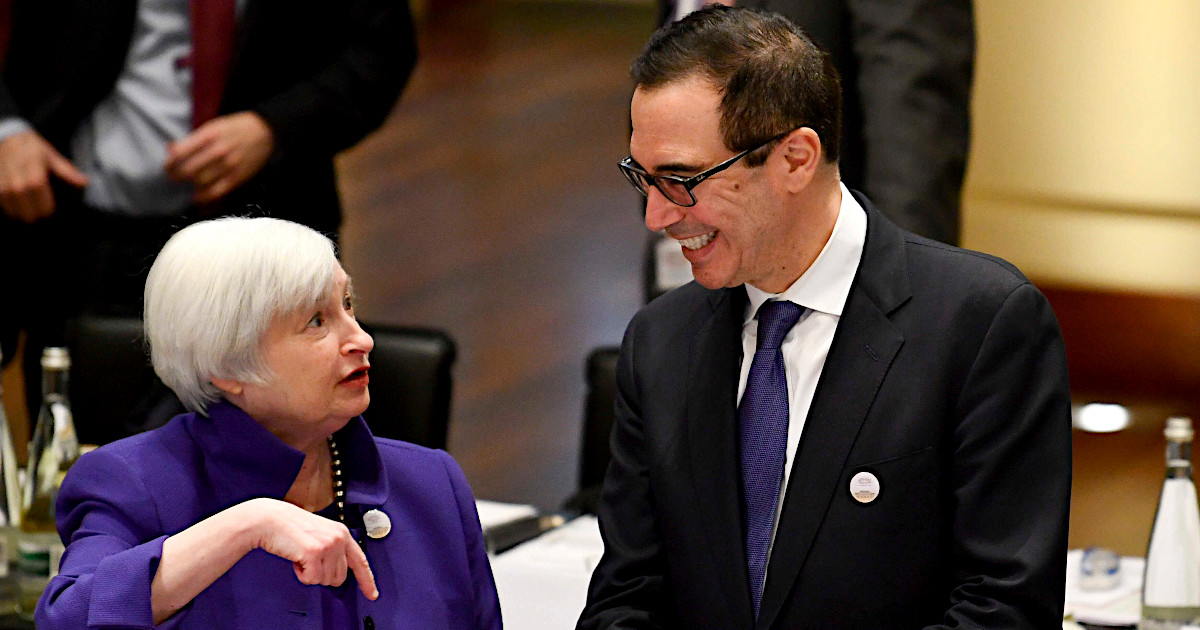What’s in the Senate’s Marijuana Tax Proposal
Is a nationwide excise tax of 25% on marijuana the right number? The 163-page “discussion draft” presented in the Senate suggests that it is. Is that in line with other prescription and over-the-counter pharmaceuticals? Is it in line with other “vice” products like alcohol, cigarettes, and coffee? Would a 25% tax push marijuana sales back in the shadows of fast-food parking lots and street corners? We look at what’s between 163 pages and explore these questions below.
Benefits
The draft bill of Senate Majority Leader Chuck Schumer’s federal marijuana reform legislation would set a nationwide cannabis excise tax initially at 10%, it then rises to 25% in five years. In exchange, The Cannabis Administration and Opportunity Act would unchain marijuana from federal roadblocks and hurdles by removing marijuana from the federal Controlled Substance Act. This does not include any state tax levies.
The top benefits of the proposal are that it would allow the industry to participate in the banking process similar to other industries and also allow cannabis businesses to deduct expenses provided to other legal industries (eliminate IRS compliance with Section 280E).
Comparisons
Other pharmaceuticals, including pain relievers that are sold over the counter, are taxed on a state level, and many states make them exempt. Coffee is taxed if prepared and served in most states but falls under the food category of taxation if bought at a grocer. Most groceries are not taxed directly from the consumer by the state or federal government. The federal excise tax on cigarettes and other tobacco products is just over $1.00 per pack. Large cigars are taxed at 52.75 percent of the manufacturer’s sales price, with a maximum tax of 40.26 cents per cigar. Federal tax rates on alcohol are progressive; for distilled spirits, the government charges $2.70 per proof gallon on the first 100,000 proof gallons in production. Then, a tax rate of $13.34 per proof gallon for the next 22,130,000 proof gallons in production. This increases to $13.50 per proof gallon for production in excess of 22,230,000 proof gallons. Although some see marijuana and alcohol in the same light, current-day medical doctors don’t prescribe distilled spirits for any malady.
For marijuana, beginning in year five, the tax would be levied on a per-ounce rate for cannabis flower or a per-milligram of THC rate for extracts. The rate would be determined by the U.S. Secretary of the Treasury to be equivalent to 25% of the revenue received from cannabis sold in the U.S. in the prior year. Producers with more than $20 million in sales would be eligible for a tax credit on their first $20 million of cannabis sold annually. Sales above that amount would be subject to the full excise tax. Mathematically, some growers might prefer their crop to remain federally illegal with full 280e restrictions on deductions.
If conditions of the draft bill are enacted, regulatory responsibility of marijuana would be transferred from the U.S. Drug Enforcement Agency (DEA) to the Alcohol and Tobacco Tax and Trade Bureau (TTB), and the Bureau of Alcohol Tobacco Firearms and Explosives (ATF).
The draft Bill is 163 pages of legalese. It represents the thinking of the party in control (drafted by Senator Schumer, NY and Senator Booker, CA) it should be understood and awaits comments from stakeholders. Below is a synopsis.
Cannabis Draft Bill Summary
- Decriminalization of Cannabis, Recognition State laws Have Control
- This section removes cannabis from the Controlled Substances Act.
- It transfers agency jurisdiction from the DEA to the TTB, and ATF. This jurisdiction would follow the same agency responsibilities established for alcohol and tobacco
- Recognition that state laws control the possession, production, and distribution of marijuana. It retains criminal penalties in the case of unlawful possession, production, distribution, or purchase of cannabis
- The bill authorizes the establishment of regulations to track and trace the manufacture and transport of cannabis products
- Authorization to the Secretary of Health and Human Services to continue to include cannabis for drug testing of Federal employees
- Research, Prevention, and Training
- Directs the Comptroller General to conduct an evaluation for Congress on the societal impact of legalization by states. It is specifically related to the adult-use of cannabis-related to -related deaths and violent crime
- Directs the Dept. of Health and Human Services to research the effects of cannabis on health conditions
- The Department of Transportation would be directed to supply statistics on cannabis-impaired driving to foster the creation of an impairment standard for driving under the influence
- Allows the Administrator to provide guarantees for loans to eligible cannabis small businesses or service providers.
- Restorative Justice and Opportunity Initiatives
- Requires expungement of federal non-violent marijuana convictions and resentencing within one year of enactment and encourages states to follow suit.
- Taxation of Cannabis and Establishment of Trust Fund
- Requires a federal permit to sell cannabis products wholesale.
- Imposes an excise tax on cannabis products, similar to tobacco. The draft suggests 10% for the year of enactment, to be increased annually by 5% each year for 5 years. After 5 years, the tax would be levied on a per-ounce rate.
- Public Health, Cannabis Administration, and Trade Practices
- Creates a legal pathway for CBD in dietary supplements and outlines the FDA’s ability to regulate cannabis distribution based on administration standards similar to current regulations for drugs and devices.
The draft is requesting comments on issues such as the necessary funding levels and resources for agencies to implement the bill, consideration of transition rules and effective dates, interactions with state and local laws and international obligations and treaties, and additional opportunities to expand restorative justice.
Take-Away
Changes are afoot in the federal government concerning cannabis. Investors will find that altered regulation and acceptance impact the bottom line of the companies they are invested in. Not missing a new legislative proposal or enactment means watching the feds activity from various sources. Register free for Channelchek to receive our insight daily in your inbox.
Paul Hoffman
Managing Editor, Channelchek
Suggested Reading:
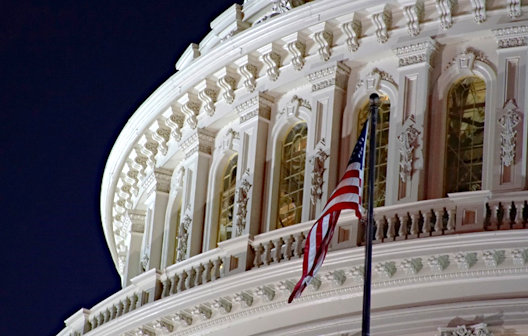 The Cannabis Administration and Opportunity Act Would Open Doors
|
 Marijuana and Sports, Where Officials Stand
|
 Clarence Thomas Statement on “Half in / Half out” Marijuana Laws
|
 Will Federal Law Surrounding Marijuana be Changed?
|
Sources:
https://center-forward.org/explaining-alcohol-excise-taxes/
https://www.cbo.gov/budget-options/56869
https://www.cdc.gov/statesystem/factsheets/excisetax/ExciseTax.html
https://www.pwc.com/gx/en/pharma-life-sciences/pdf/ph2020_tax_times_final.pdf
Stay up to date. Follow us:

|


